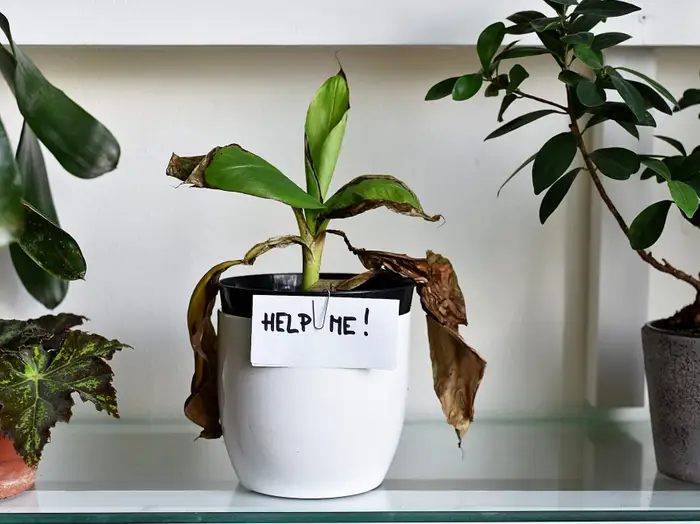Tomato and tobacco plants, it turns out, have a secret symphony when faced with threats like dehydration or being cut, as revealed by a recent study in Cell.
Contrary to the conventional view of plants as silent spectators in the background of animal-dominated ecosystems, this research suggests that plants might be broadcasting signals that creatures in their surroundings can detect, potentially influencing their behavior.
Lilach Hadany, a mathematician from Tel Aviv University who co-authored the study, explained that tomatoes start emitting sounds as early as the second day of water stress, even while appearing healthy. The noises, resembling the popping of popcorn, peak after five days of water stress, gradually tapering off as the plant dries out.
Interestingly, these sounds are produced at the volume of normal human speech but exist outside our audible range. Furthermore, the acoustic emissions vary based on the type of plant and the nature of the threat, distinguishing between cut and dehydrated plants.
This groundbreaking research opens up the intriguing possibility that for organisms capable of perceiving these plant sounds, the environment is not just a visual landscape but an auditory one, providing vital information about both the plants and the broader ecosystem.
Hadany, leading a lab at Tel Aviv University that employs machine learning to explore plant evolution, including the emerging field of plant acoustics, emphasized the term “use” when discussing plant sounds. While traditionally met with caution in scientific circles due to the implication of intent, recent evidence suggests that plants release cues, including airborne chemicals.
Hadany’s previous work demonstrated that some plants can respond to sounds. For instance, primrose bushes released sweeter nectar when exposed to the buzzing of bees, suggesting a nuanced communication channel between pollinators and plants.
The notion of plants using sound made sense to Hadany because it requires minimal energy and can travel great distances. Despite early career warnings about delving into this unconventional area of study, she now embraces the freedom to explore such topics as a full professor.
The newfound ability of plants to transmit information about drought or distress raises intriguing questions about the broader ecological impact. The study suggests that plants may release these sounds through mechanisms like the release of bubbles through their stalks, a phenomenon still not fully understood.
As scientists delve deeper into this acoustic realm, questions arise about whether other plants or animals can “hear” these cries for help from tomatoes or tobacco. If so, it could trigger protective responses in nearby plants, offering advantages to animals attuned to these frequencies, like moths laying eggs on tomatoes.
Hadany’s team is actively exploring these possibilities, underscoring the importance of approaching scientific projects with an evolutionary perspective and remaining open to unforeseen discoveries.
Last modified: January 29, 2024


